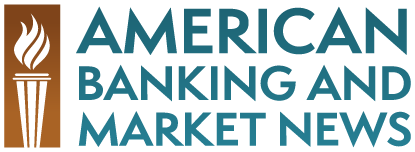During the last 100 years, our idea of borrowing money for a major purchase has largely been narrowed down to getting a loan from a bank in the form of a mortgage, a credit card or another type of loan. There are now a new group of companies that are forming lending clubs to take the bank out of the picture so that individuals can borrow and lend money to each other via online peer-to-peer lending platforms.
The two major companies that are spearheading the movement of online peer to peer lending in the United States are Lending Club and Prosper Marketplace. There are also several companies that offer similar services in countries around the world, such as Zopa.
It’s important to make a distinction between the term microfinance and online peer-to-peer lending clubs. Companies such as Kiva have made a major footprint in the non-profit community by empowering small business owners abroad by providing them capital for business where banking services would be otherwise unavailable. Unlike microfinance institutions, Lending clubs are typically for-profit institutions. Microfinance institutions have the goal of empowering their lenders economically, where as online peer-to-peer lending clubs usually are strictly transactions between individuals
Typically these loans amortize fully over 3 years so that borrower will pay 36 equal monthly payments on the loan. Typically Lending Clubs such as Prosper and Lending Club will take care of the transfers via ACH electronic transfer. If the borrower fails to make a payment, the lending club managing the loan would hypothetically begin collections practices. Prosper has taken some heat for not having an effective collections system, whereas Lending Club has taken a more aggressive approach to collections.
Borrowers will generally pay interest rates between 8% and 20% on the loans that they get. Often these are better deals than what they would be able to get from a bank loan or via a credit card.
The online peer to peer lending industry is still in its infancy. Lending clubs such as Lending Club and Prosper will likely continue to innovate for several years to come by finding new and better means of screening borrowers, developing a simpler lending process and by getting lower interest rates for borrowers.






